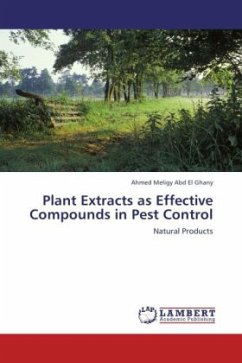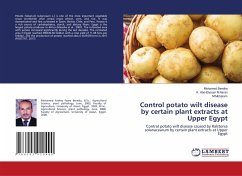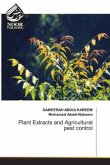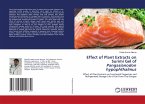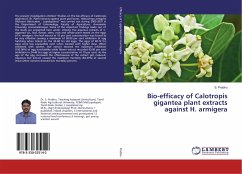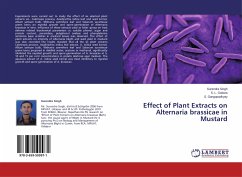Plants have evolved for over 400 million years and to defend themselves from insect attack many plant species and cultivars have developed an elegant protection mechanisms involving production of insect repellents and even insect toxic substances. Plants which use such mechanisms effectively to keep themselves free of insect infestation are called insect resistant plants . The exploration and use of such insect resistant plants in order to fight medicinal and agricultural insect pests is an integral part of mankind s history. Use of plant extracts and powdered plant parts as insect repellant and insecticides goes back at least as far as the Roman Empire. For instance, there are reports that in 400 B.C. during Persian king Xerxes reign, the delousing procedure for children was with a powder obtained from the dry flowers of a plant known as pyrethrum (Tanacetum cinerariaefolium, Compositae).

